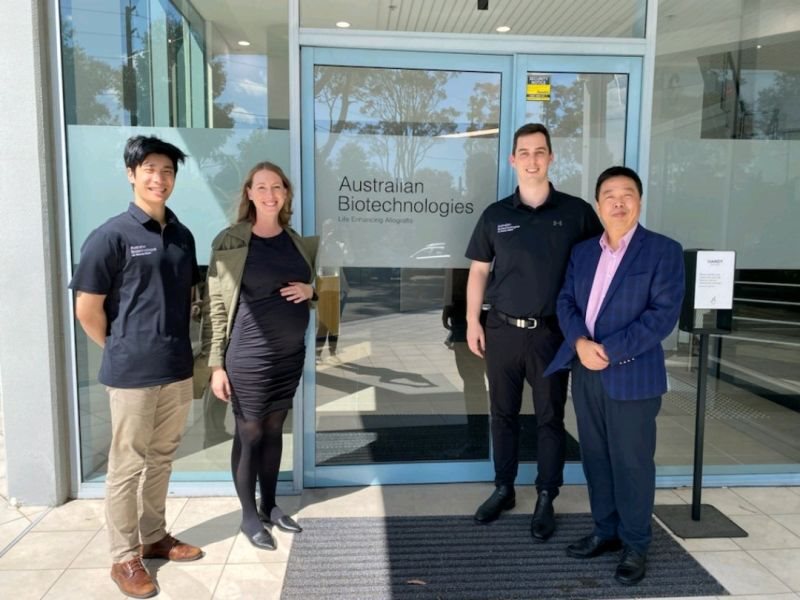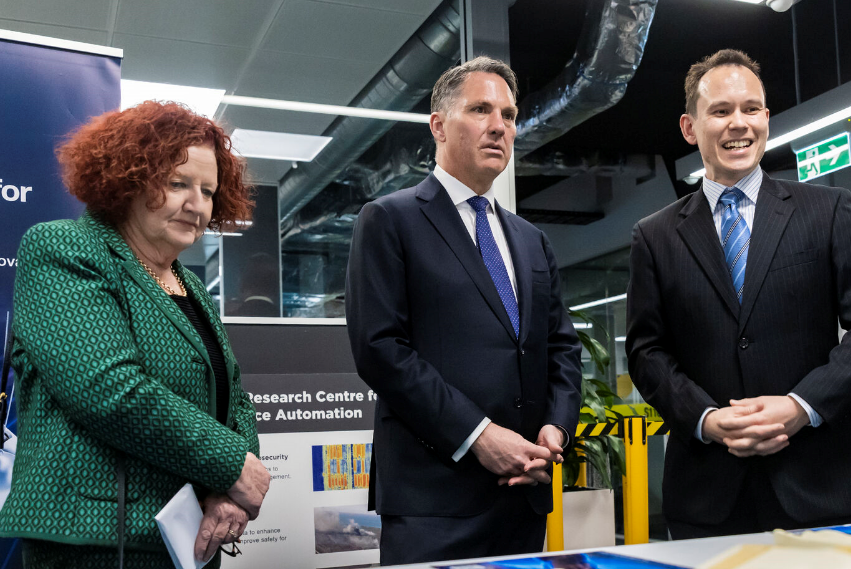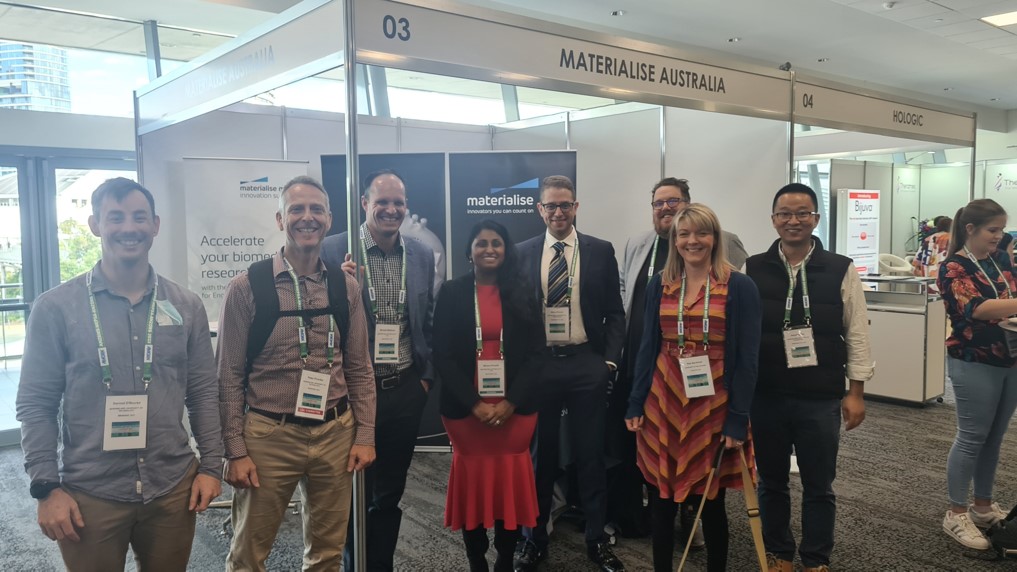Today Ms Maddie Mcintyre (Centre Manager) and Prof, Yuantong Gu (Centre Director) had the pleasure to visit Australian Biotechnologies Head Office in Sydney to learn more about their impressed allograft processing facility and discuss some exciting research projects we have in the works.
As described on their website, Australian Biotechnologies Pty Ltd. was founded in 2000 and is located in Sydney, Australia. As a specialist in allograft tissue processing, Australian Biotechnologies delivers optimal solutions for all clinical biologic and allograft requirements, to supply allografts for a wide range of patient needs and surgical procedures.
Supplying allograft solutions for orthopaedic, spinal, dental and oral-maxillofacial surgeries both nationally and internationally, Australian Biotechnologies’ world-class manufacturing facilities and proprietary processing technology have become renowned as the gold standard of allograft production.
Australian Biotechnologies are specifically known for their applications in bone void and structural applications in orthopaedic, spinal, dental, and oral-maxillofacial surgeries , such as for ACL replacements, glenoid reconstructions for femoral head structural defects, and to fill voids in the trabecular/cortisol bone during shoulder surgeries.
At the Centre for Joint Biomechanics, Australian Biotechnologies is a valued industry partner assisting us with the aims of Program 3, where we are developing new soft tissue replacement techniques and engineered scaffolds for rotator cuff repair.
Thank you for hosting us Patrick May, the director of engineering & Jay Li, the Product Innovation and Engineering Manager. We cannot wait to develop further research projects with your team.














